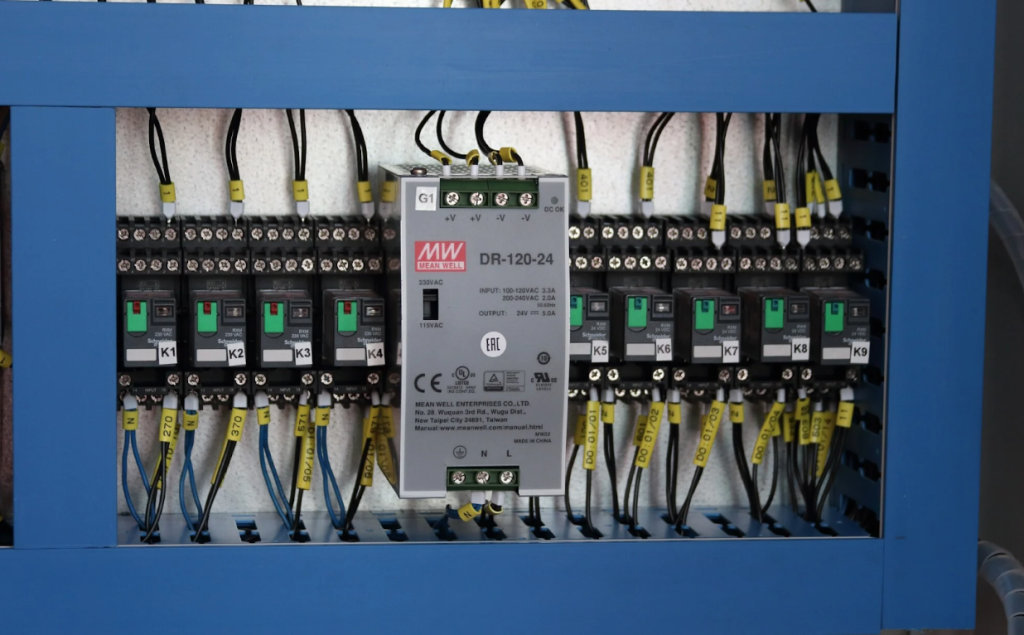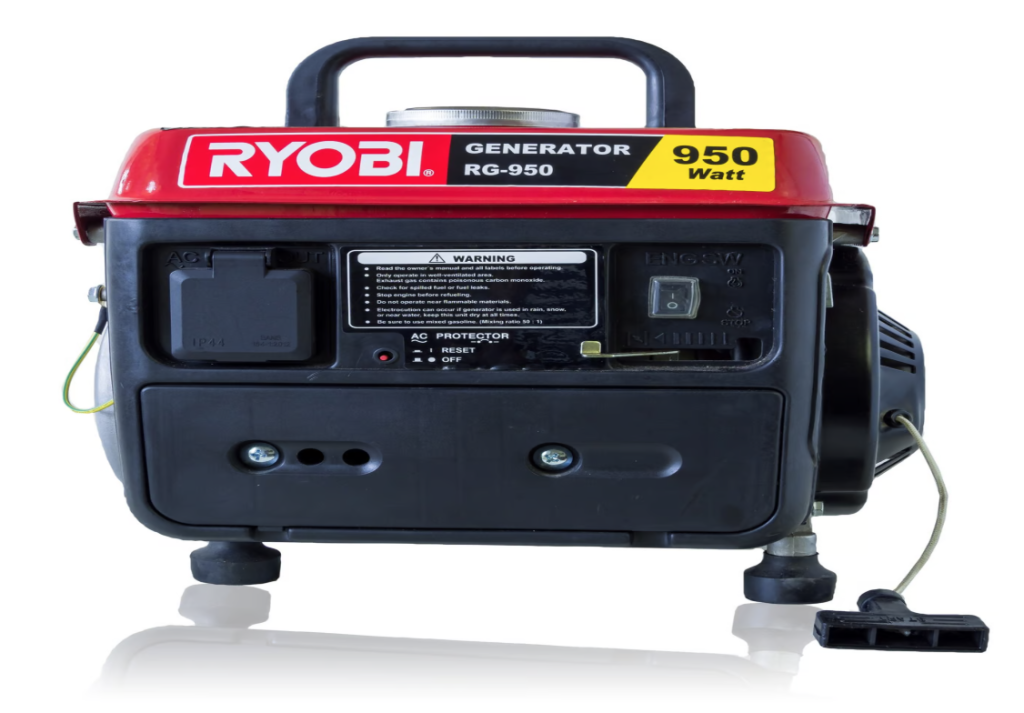Every day, we rely on electricity to power our homes, businesses, and devices. But have you ever wondered what happens when the power goes out? When there is a blackout or an electrical supply issue, our devices cannot function as they normally would. This can cause inconvenience and disruption in our daily lives.

Fortunately, power transfer switches exist to help us seamlessly switch between different sources of power. These switches play a crucial role in maintaining our power supply and keeping our devices running. In this article, we will take an in-depth look at how power transfer switches work.
What is a Power Transfer Switch?
A Power Transfer Switch is a device that automatically transfers the source of electrical supply from a primary source to a secondary source when it detects a failure or outage in the primary source. This crucial component ensures continuous power supply, minimizing disruptions in electrical service. It is commonly used in places where power interruptions are unacceptable, such as hospitals, data centers, and commercial establishments.
There are two main types of power transfer switches: manual and automatic. Manual transfer switches require human intervention to operate since they do not have an automatic detection system. On the other hand, with the medium voltage automatic transfer switch (MV ATS), the switching process is automated, making it more efficient and reliable. Both types have their advantages and are suitable for different applications.
How do Power Transfer Switches Operate Work?
How a power transfer switch operates depends on the type and design of the switch. However, three main components are common to all power transfer switches: the primary power source, secondary power source, and transfer mechanism.
Primary Power Source
The primary power source is typically the main source of power for a facility or home. The most common source is utility power from the electrical grid. In situations where power reliability is crucial, the primary source includes renewable energy sources like solar panels or wind turbines. The primary power source is essential for standard operations and is used whenever it is available.
Secondary Power Source
It comes into play when the primary source fails or is unavailable. Common secondary sources include generators, battery backup systems, or alternate utility lines. These sources are designed to provide temporary or emergency power to ensure continuity of operations until the primary source is restored. For critical facilities like hospitals, the secondary source must be capable of immediate activation to prevent any disruption in essential services.

Transfer Mechanism
This is the core of the power transfer switch, which is responsible for moving the electrical load from the primary source to the secondary source and vice versa. Manual transfer switches require an operator to switch the connection physically. Automatic transfer switches, however, detect power interruptions and automatically initiate the switch to the secondary source, then back to the primary source once normal power levels are restored. This mechanism includes sensors, control units, and switching devices that work together to ensure a seamless transition of power, minimizing any potential disruptions.
Benefits of Using a Power Transfer Switch
Now that we have a better understanding of how power transfer switches operate let’s look at some of the benefits they provide:
- Reliable Power Supply: With automatic detection and switching capabilities, power transfer switches ensure continuous power supply, minimizing any disruptions.
- Efficiency and Cost Savings: By automatically detecting and switching to the secondary source, power transfer switches eliminate the need for manual intervention, reducing downtime and potential damage to equipment.
- Versatility: Power transfer switches can be used in various settings, from residential homes to critical facilities like hospitals and data centers.
- Safety: With proper installation and maintenance, power transfer switches are designed to prioritize safety by minimizing the risk of electrical hazards during power transitions.
Choosing the Right Power Transfer Switch
As mentioned above, there are two main types of power transfer switches – manual and automatic. When it comes to choosing the right one for your needs, it is essential to consider certain factors. Here are some considerations to guide you:
Application Environment
The environment in which a power transfer switch will be used plays a significant role in determining the best type of switch. For residential or small office spaces where power outages are infrequent, and the consequences of a temporary disruption are minimal, a manual transfer switch might be sufficient. In these cases, the need for immediate power restoration is less critical, and a manual switch provides a cost-effective solution. However, in environments where continuous power supply is crucial—such as hospitals, data centers, or manufacturing facilities—an automatic transfer switch is indispensable.
Power Capacity Needs
The size and power capacity of the transfer switch must be carefully matched to the needs of the building or facility it serves. This involves calculating the total power load and ensuring the switch can handle this capacity without risk of overload. For more extensive facilities or those with high power demands, a robust switch that can manage the transfer of significant electrical loads without faltering is essential. Conversely, for a home or small business, a smaller and less complex switch may suffice, making the selection of the correct power capacity a crucial consideration in ensuring efficiency and reliability.
Compliance and Safety Standards
Safety and regulatory compliance are paramount in the installation and operation of power transfer switches. Ensuring that the chosen switch meets local and national electrical codes and standards helps protect against electrical hazards. Stringent standards apply to automatic transfer switches because of their complexity and the critical roles they play in safety-sensitive environments.
Budget Considerations
While the importance of a reliable power transfer switch cannot be overstated, budgetary constraints often play a critical role in the decision-making process. Manual transfer switches tend to be less expensive upfront than their automatic counterparts. However, it’s essential to consider long-term costs, including the potential for lost productivity or damage in the event of an extended power outage. Automatic transfer switches, with their higher initial cost, may offer savings over time through improved efficiency and reduced downtime.
Power transfer switches play a critical role in ensuring uninterrupted power supply, especially in critical facilities. They offer a seamless transition between primary and secondary power sources, minimizing disruptions and potential hazards. Understanding how these switches work and their benefits can help you make an informed decision when choosing the right one for your specific needs. Whether it’s a manual or automatic transfer switch, investing in this crucial component can provide peace of mind, knowing that your power supply is secure.






